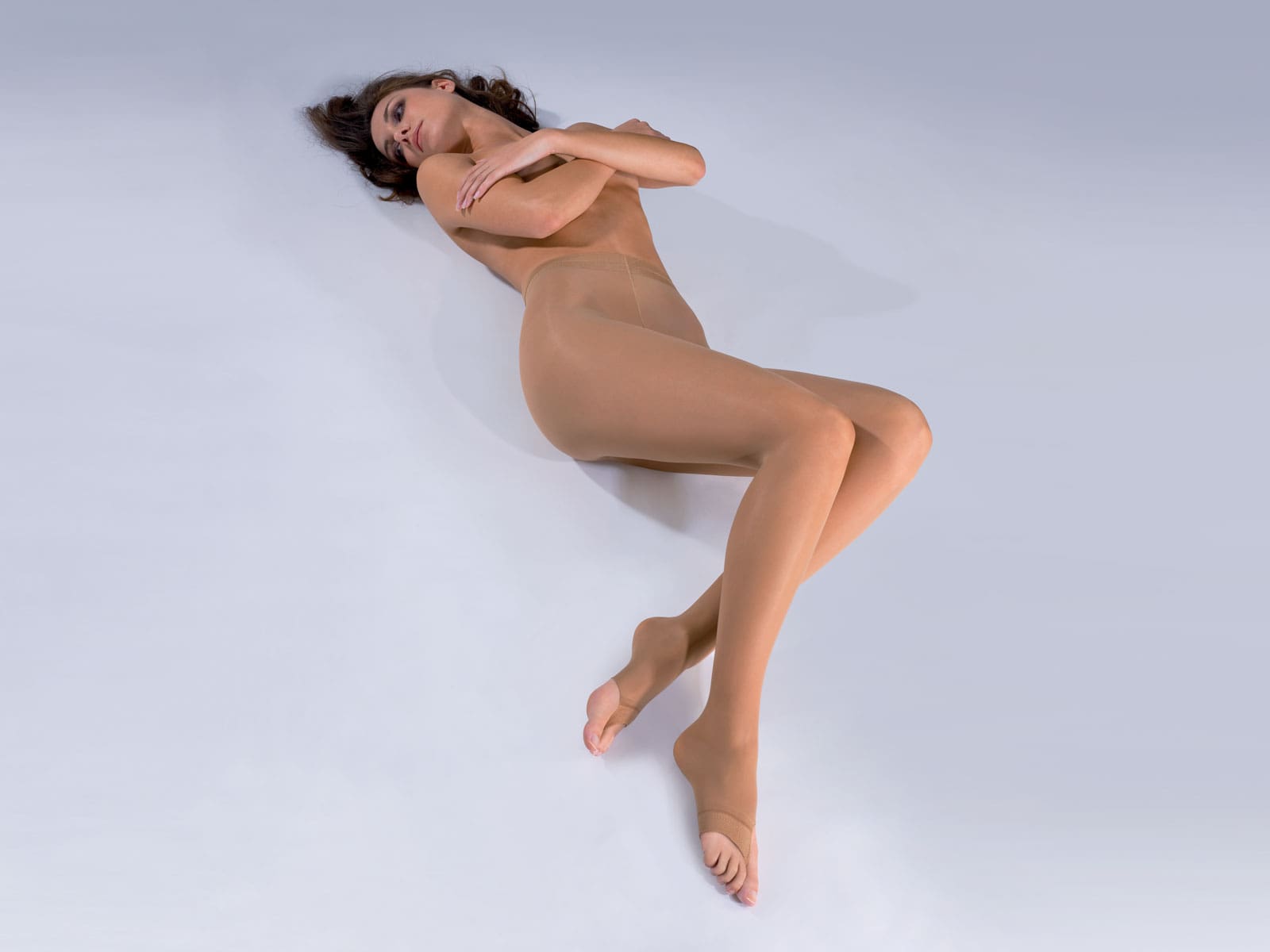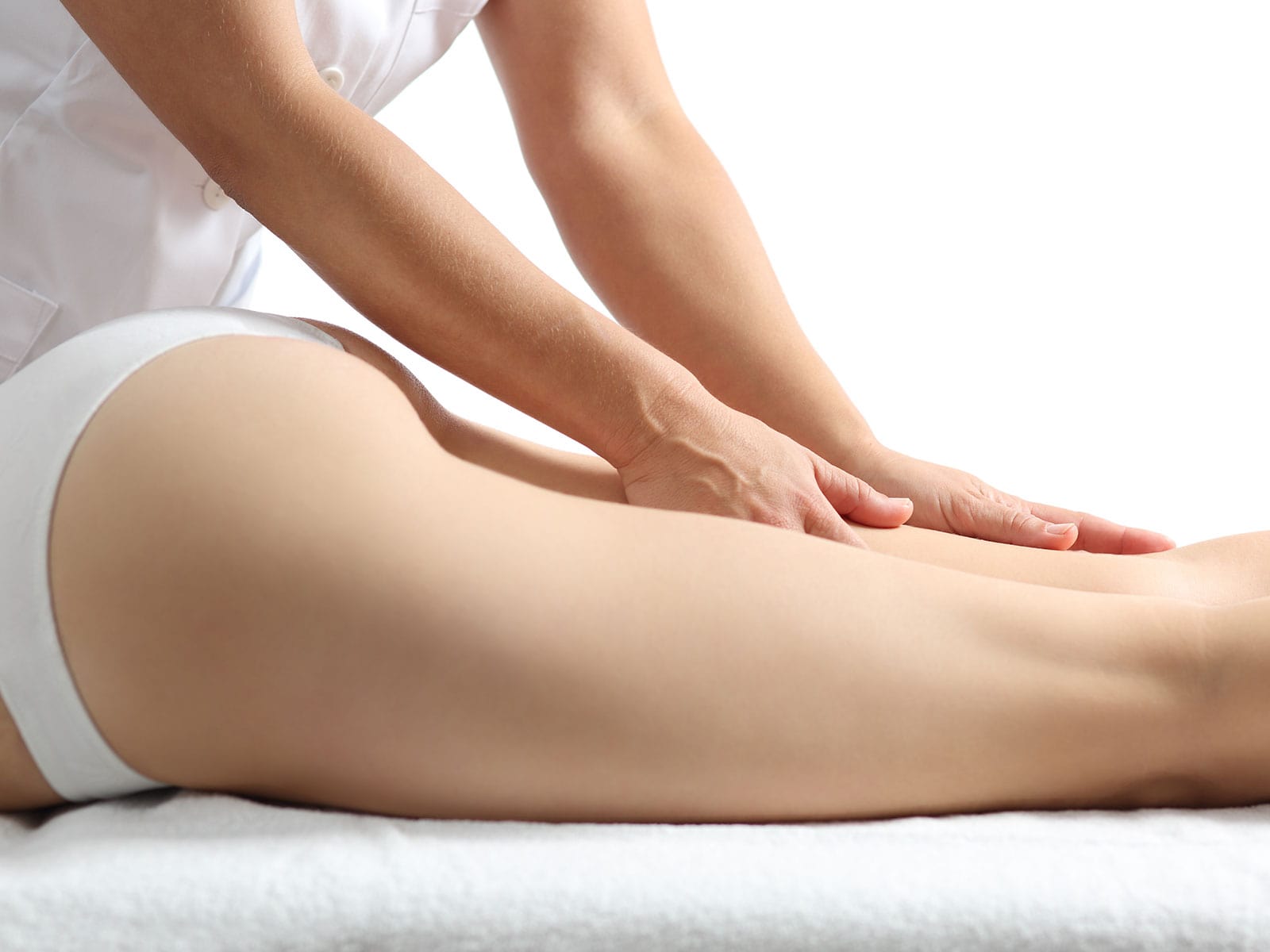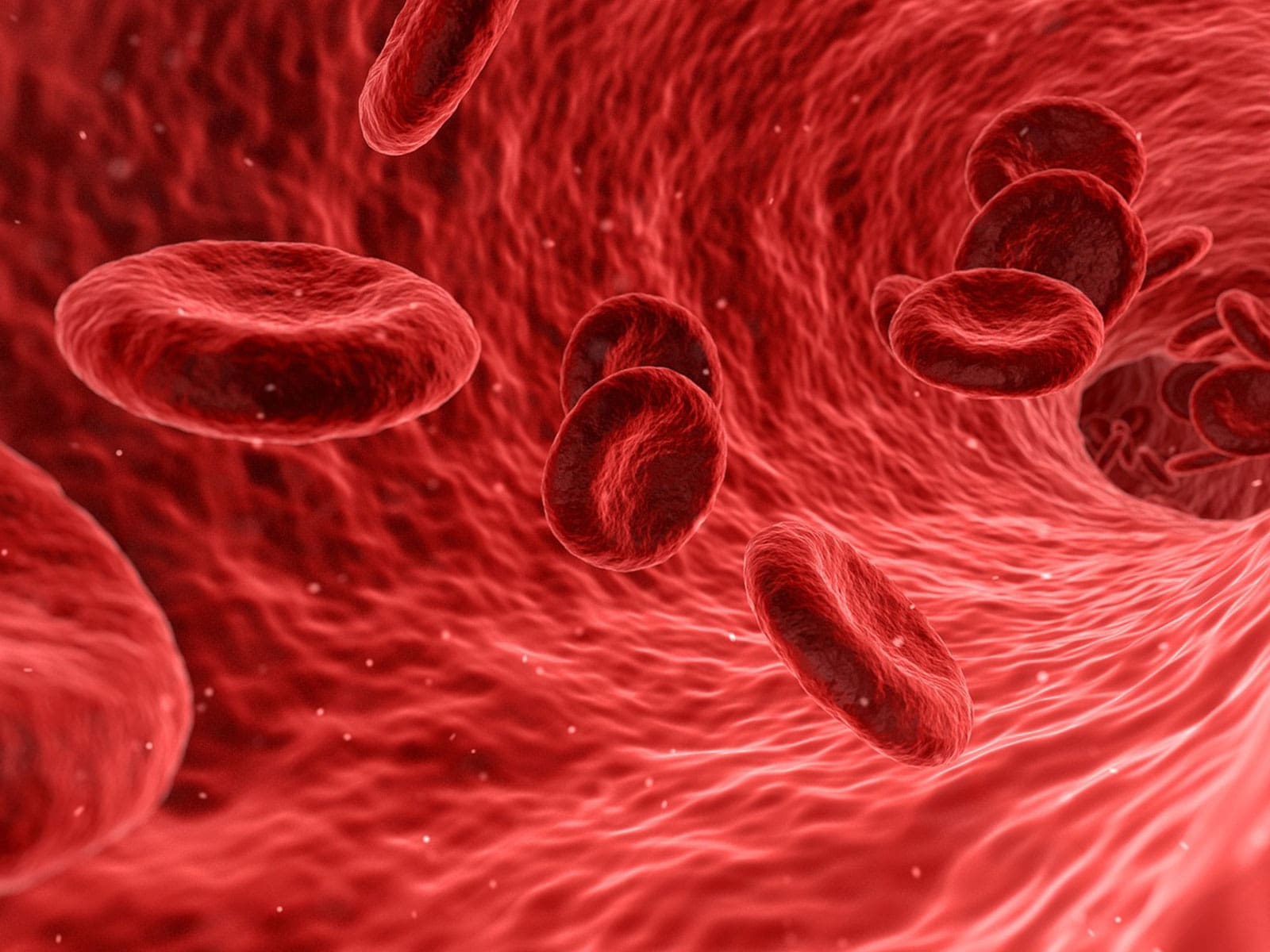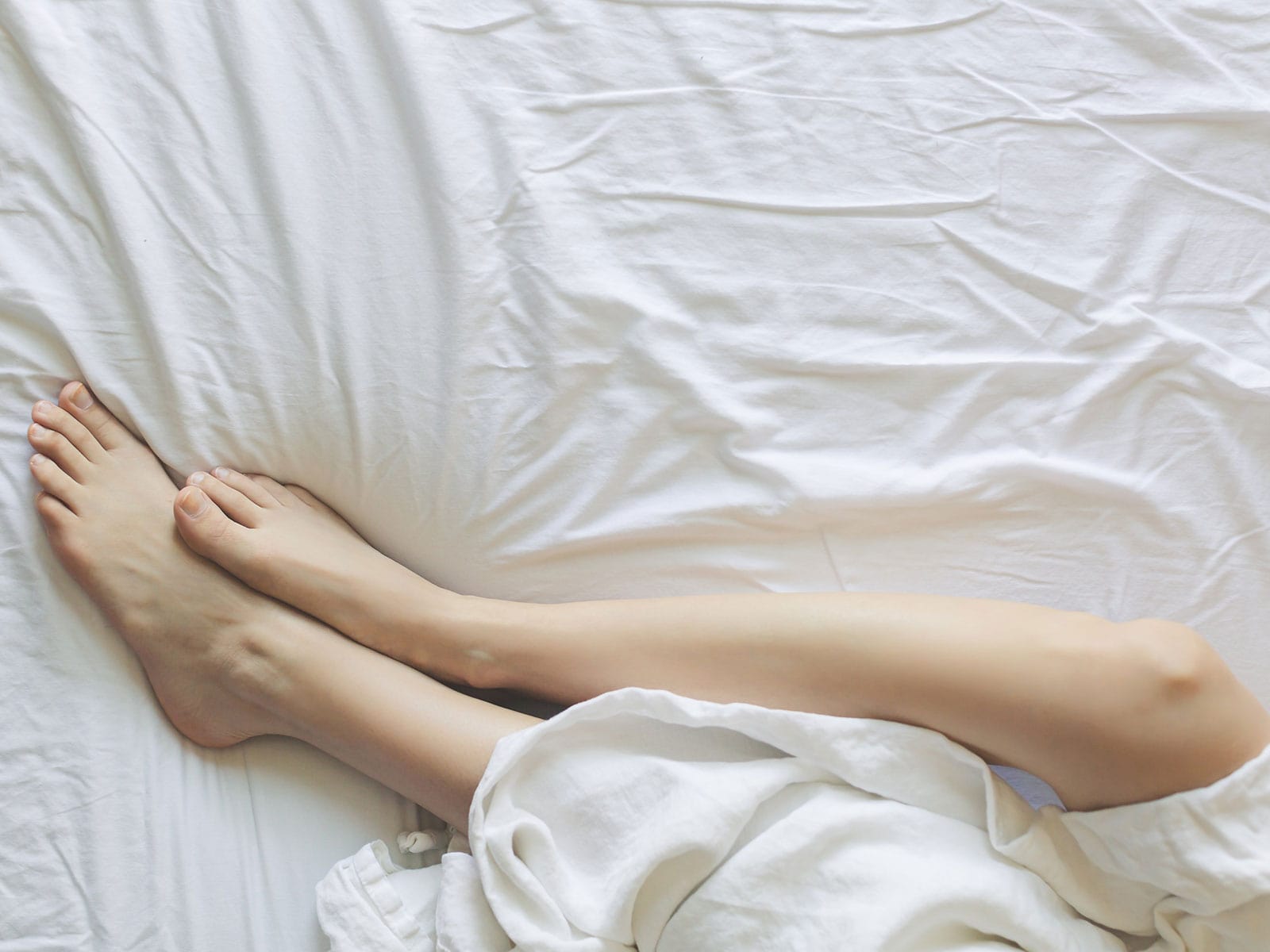Lymphedema in the upper limbs is an increasingly common condition in Italy. New cases are recorded every year, with an average of one in 20 people being diagnosed by a specialist.
Causing disability in some patients, and discomfort and difficulty in bending the affected limb in others, early diagnosis of this condition is essential in planning the appropriate treatment and therapy. In fact, if intervention is prompt, symptoms can be alleviated, and side effects prevented from worsening.
Lymphedema usually occurs in just one limb or in other parts of the body. When it presents in both limbs, it may be attributable to other diseases that have lymphedema among their symptoms.
Accompanied by swelling and a feeling of heaviness, the condition can be diagnosed through clinical analyses and specific tests.
In fact, if the patient complains of difficulty in bending the arm or of swelling, thickening of the skin or heaviness, or even sensitivity of the skin in the affected area, these symptoms are probably due to lymphedema.
But what causes lymphedema in the arm? What is it? How can the symptoms of upper limb lymphedema be alleviated?
Let's find out with Solidea.
What is lymphedema in the arm?
Lymphedema is an abnormal accumulation of lymph in the interstitial areas of the lymphatic system, which is caused by lymphatic circulation slowing down, or even becoming blocked.
As mentioned above, this condition usually occurs in just one limb, which can swell, present painful symptoms or difficulty in movement. In addition, the skin can become thicker and shiny, not only causing asymmetry between the two limbs from an aesthetic point of view, but the patient may also be more susceptible to infections.
Various stages of edema, which may also become disabling, can be detected thanks to the instrumental and clinical diagnostic criteria available in current medicine.
A timely diagnosis by a specialist can be important in alleviating the symptoms of lymphedema, allowing the patient with this condition to live a normal life.
What causes upper limb lymphedema?
There can be many causes of lymphedema in the arm. Basically, however, there are two macro categories:
- Primary: genetic causes that may occur earlier or later in life.
- Secondary: usually due to cancer treatments.
As far as congenital lymphedema is concerned, this is present from birth and is hereditary. It can either present before 35 years of age and be classed as early onset, or after this age, and be classed as late onset. Congenital can be slow lymphatic circulation or a tendency to the blockage of vessels.
Lymphedema in the arms may occur secondarily due to post-cancer treatment, for example. The condition is also likely to occur in women who have had surgery for breast cancer. Therefore, in such cases it is essential that the patient is made aware to be on the lookout for the possible appearance of lymphedema.
In any case, it is always important to consult a doctor to assess the presentation of attributable symptoms and plan the most suitable treatment.
In addition to the physical consultation of a specialist, the correct diagnosis is made thanks to the use of imaging techniques, such as computed tomography (CT), magnetic resonance imaging (MRI), Echo-Color-Doppler and lymphoscintigraphy.
What are the treatments for lymphedema in the arm?
So, what treatments are offered for lymphedema in the arm? The symptoms of lymphedema can be alleviated in various ways, under strict medical supervision.
Manual lymphatic drainage, for example, helps to empty the ducts of accumulated lymph. During therapy, the specialist will perform light pressure therapy to facilitate the drainage of excess lymph fluid.
Following this treatment, which must always be prescribed by a doctor based on the causes of the lymphedema, the patient can wear compressive elastic sleeves, such as those made by Solidea.it.
In fact, the graduated compression of this elastic sheath stimulates lymphatic and venous drainage thanks to the micro-massage effect of Solidea’s fabrics.
In addition to pressure therapy and the use of elastic arm sheaths, the affected area must be kept clean, to avoid any infections, and overly restrictive clothing should be avoided.
The doctor may also add pharmacological treatment and, in more disabling cases, recommend surgery. The problem of lymphedema, with implementation of the latter treatment, will not be resolved definitively, but it may help the patient to regain some mobility.
Surgical and decongestant therapy has produced important clinical results in patients, proving to be a good course of action that could be recommended by the specialist.







